Concrete sealants protect the surface of the concrete from wear and tear, water damage, dusting, cracking, staining, and other types of deterioration.
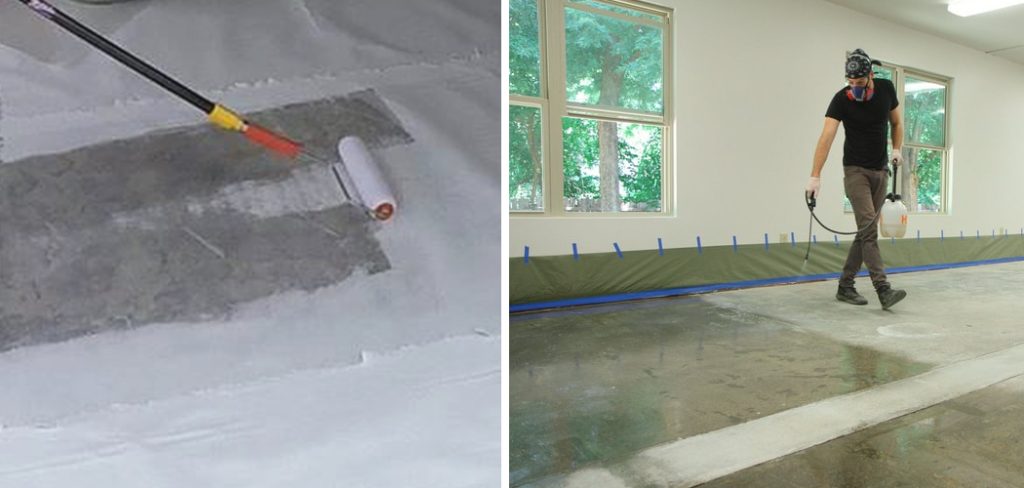
Concrete sealants improve the durability and appearance of walkways, driveways, patios, pool decks, and other outdoor surfaces.
Removing concrete sealant can be beneficial for a variety of reasons. First, it allows you to apply a new layer of sealant that will provide additional protection for the underlying concrete surface.
Second, removing the old sealant can help restore the aesthetic look of your concrete and make it look new again. You can find step-by-step instructions on how to remove concrete sealant in this blog article.
Step-by-step Instructions for How to Remove Concrete Sealant
Step 1: Inspect the Concrete Sealant
Take a close look at your concrete sealant and determine its type. This will help you decide the best method to remove the sealant from the surface. Clear any furniture or other objects in your work area and wear protective gear such as gloves, safety glasses, and a mask if necessary. Ensure you have enough space to move around and work comfortably.
Step 2: Choose the Right Removal Method
Once you have determined the sealant on your surface, select the most suitable removal method. If the sealant is water-based, you can use a detergent solution to remove it. If the sealant is solvent-based, you may have to use a chemical stripper.
Depending on the method you choose for removal, gather all of the necessary supplies, such as a putty knife, scraper, detergent solution, paint thinner, or chemical stripper.
Step 3: Start Scraping
Using your putty knife or scraper, gently scrape away the sealant from the surface. Do not press too hard, which can scratch or damage the surface. If you are using a detergent solution for removal, mix it according to package instructions and apply it generously over the area where the sealant is located. Allow it to sit briefly before scrubbing it gently with a stiff brush.
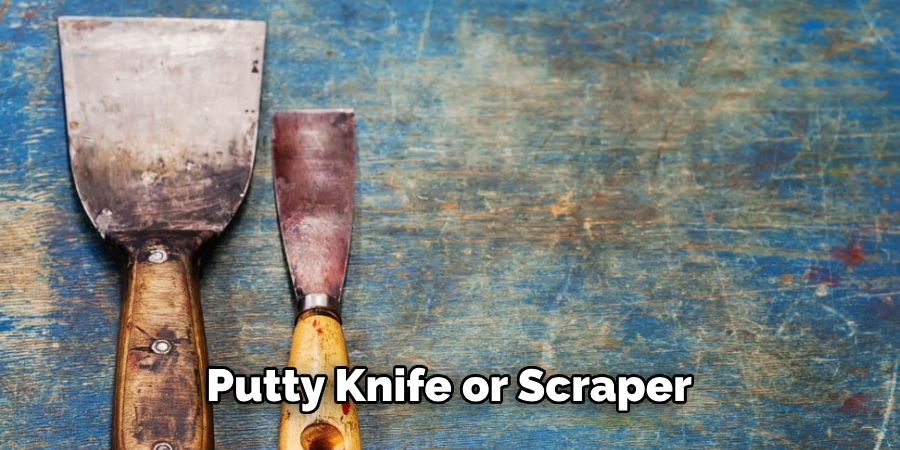
Step 4: Use Paint Thinner
If the sealant is solvent-based, using paint thinner is an effective way to remove it. Apply a generous amount and allow it to sit for a few minutes before scrubbing gently with a stiff brush.
If you have determined that a chemical stripper is the best removal method for your concrete sealant, mix and apply it according to package instructions. Allow the stripper to sit for the recommended time before scrubbing it off with a stiff brush.
Step 5: Rinse Off The Area
Using clean water, rinse off any remaining residue from the surface. Dry with a clean cloth or towel. Once you have removed the old sealant, applying a new one as soon as possible is important to protect your surface.
Choose a high-quality concrete sealant and follow all instructions for application carefully. Ensure you read any safety information provided and wear the necessary protective gear.
These are simple steps for removing concrete sealant. It is important to identify the type of sealant before selecting the best removal method, choose a quality product when applying a new sealant, and wear the right protective gear during all steps of removal and application.
Safety Precautions for How to Remove Concrete Sealant
- Wear protective gear such as safety goggles, dust masks, gloves, and boots while removing the sealant from concrete surfaces.
- Check the area to be sure it is well-ventilated before starting any work, as some sealants contain volatile organic compounds (VOCs), which can be hazardous to your health when inhaled or exposed to the skin.
- Read and follow all directions on the sealant label to ensure safe application and product removal.
- Always check that power tools, such as a grinder or drill, are in good working order before using them.
- Locate and turn off any nearby gas lines before drilling into concrete surfaces.
- Ensure you have a fire extinguisher or water source nearby in emergencies.
- Once all the sealant has been removed, dispose of it according to local regulations for hazardous materials. Contact your local waste management department for more information if you need more clarification.
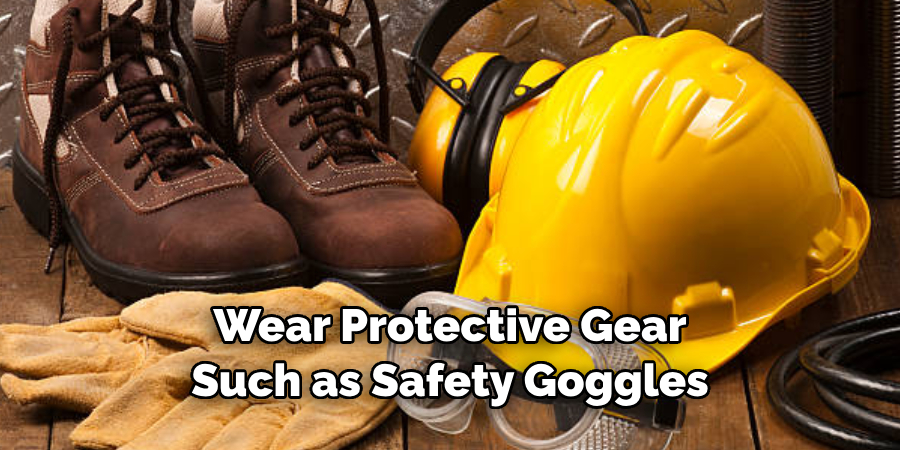
Following these safety precautions when removing concrete sealants ensures the job is done safely and correctly.
What is the Best Way to Remove a Sealant From Concrete?
Removing a sealant from concrete can be challenging, but it can also be done safely and effectively with the right tools and knowledge. The best way to remove a sealant from concrete depends on the type of sealant being removed, surface condition, and location. For sealing concrete with solvent-based products such as silane or siloxane, using a power washer is the best way to remove these sealants.
A power washer can effectively remove silane or siloxane by applying high-pressure water over the surface of the concrete. This process may require multiple passes to ensure that all the sealant has been removed. If you are dealing with a water-based sealant such as an acrylic or urethane sealer, the best way to remove it is with a chemical stripper. Chemical strippers are specifically designed to break down the chemical bonds of water-based sealants and make them easier to remove from the concrete surface.
Are Any Potential Risks or Dangers Associated With Removing a Sealant From Concrete?
When removing sealants from concrete, there are some potential risks and dangers that must be taken into consideration. Inhalation of the dust or mist created by grinding or sandblasting can cause respiratory issues such as coughing, wheezing, difficulty breathing, eye and skin irritation, and more serious effects such as silicosis.
Also, hazardous chemicals may be used during the removal process, which can cause skin or eye irritation and long-term health effects such as cancer or lung damage.
Therefore, it is important to take all safety precautions and wear appropriate protective equipment when removing sealants from concrete surfaces. Additionally, local regulations concerning hazardous materials must be followed.
The use of water during the cleaning process can help minimize the amount of dust generated and will help protect you from potential health risks. Ultimately, hiring a professional to handle any sealant removal that might involve hazardous chemicals or risks related to grinding or sandblasting is best.
How Do You Clean Up the Area After a Sealant Has Been Removed From Concrete?
Once you have successfully removed the concrete sealant from the area, it’s important to ensure that all the residue is cleaned up before applying a new sealant. This can be done with a wet vacuum or a damp cloth.
If any stubborn areas are left behind, use a degreaser or other solvent-based cleaner to break down the residual adhesive. Once the area is completely clean, allow it to dry before applying any sealant or coating.
Using a mask while removing old sealants is also a good idea to avoid breathing in potentially hazardous fumes and particles. Finally, ensure that all tools and protective clothing used during removal are properly disposed of or stored away for future use. By following these steps, you can ensure that your concrete surface is properly sealed with the best possible sealant for the job.
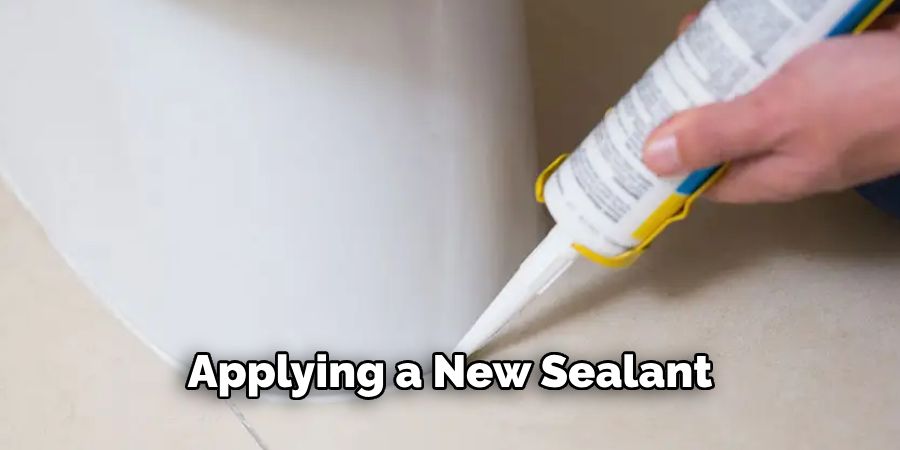
What Are Some Common Mistakes to Avoid When Removing Sealant From Concrete?
Removing sealant from concrete can be a tricky job, and there are some common things people need to correct. Here are some tips for avoiding these mistakes when tackling this task:
- Trying to remove more sealant than necessary: Removing only a little of the sealant can damage the underlying concrete and cause further complications. Always take your time and only remove the necessary sealant.
- Not using the proper tools/equipment: It’s important to use a concrete-friendly solvent, sealant remover, or grinder to remove the sealant without damaging the surface of your concrete—research online regarding which tool might work best for your project.
- Need to prepare the surface: Before attempting to remove sealant from concrete, you must ensure you have properly prepped the surface. This includes removing debris or dirt and ensuring that the area is dust-free, which can otherwise interfere with the removal process.
You can ensure a successful sealant removal project by being mindful of these common mistakes and following these tips.
How Does the Environment Factor Into the Process of Removing Sealant From Concrete?
Removing sealant from concrete is a process that can be made easier or more difficult, depending on the environment. Suppose you are working in an area where temperature and humidity constantly change. In that case, it may take longer to remove sealant than if you were working in a controlled environment.
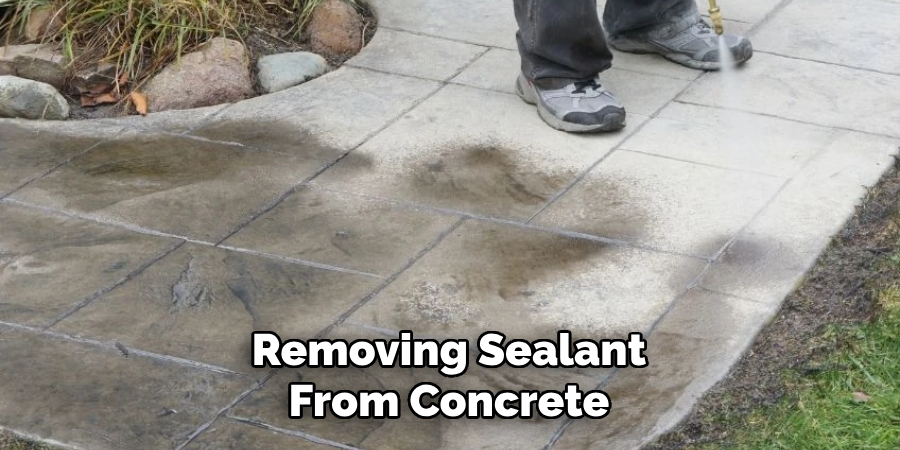
Additionally, the type of sealant used will also affect how long it takes to remove it. Some sealants may be easier to break down in certain environmental conditions, while others may need more patience and time to come off the concrete surface.
Protecting yourself is also important when removing sealant from concrete surfaces. As mentioned, sealants can contain hazardous chemicals that can cause skin irritation or inhalation issues if not handled properly. Wear protective gear such as gloves, safety glasses, and a respirator when removing sealant from concrete surfaces.
Conclusion
Removing concrete sealant can be a relatively simple task, depending on the type of sealer used. For most common types, such as acrylic or epoxy sealers, general instructions are to use a pressure washer with an appropriate cleaner and scrub with a brush or steel wool.
If more difficult situations arise where the sealer is not easily removable, harsher cleaning agents or mechanical removal techniques may need to be used. It is important to research the type of sealer removed and follow all safety instructions when using harsh chemicals or power tools.
This article has been beneficial for learning how to remove concrete sealant. Make Sure the precautionary measures are followed chronologically.
